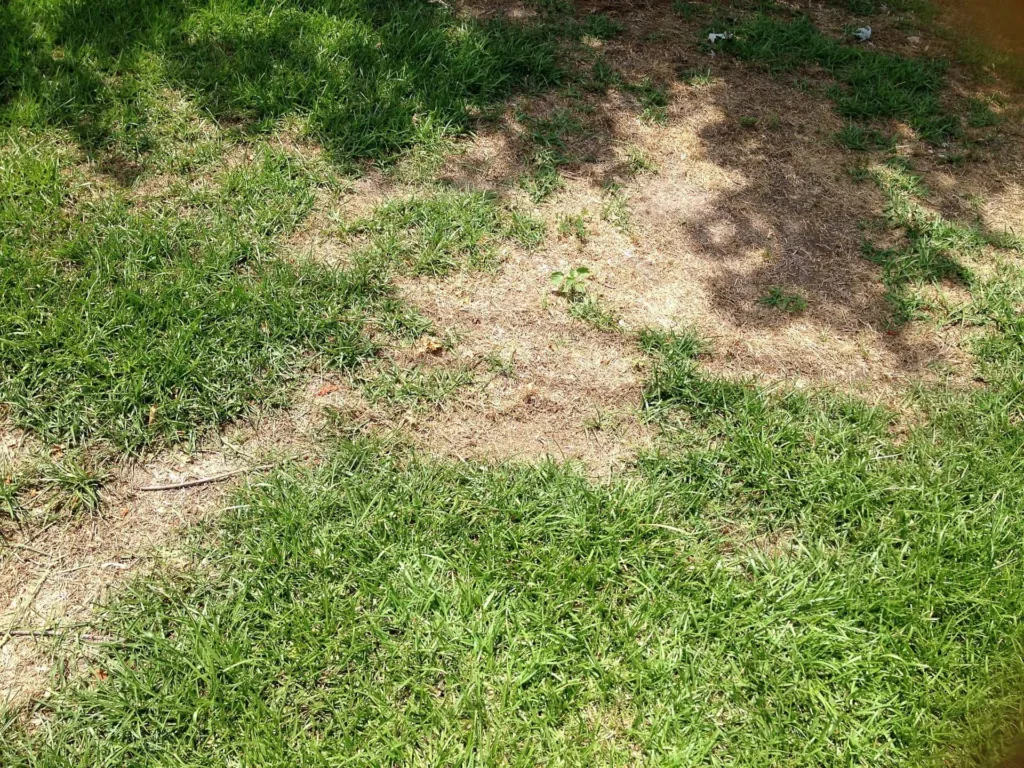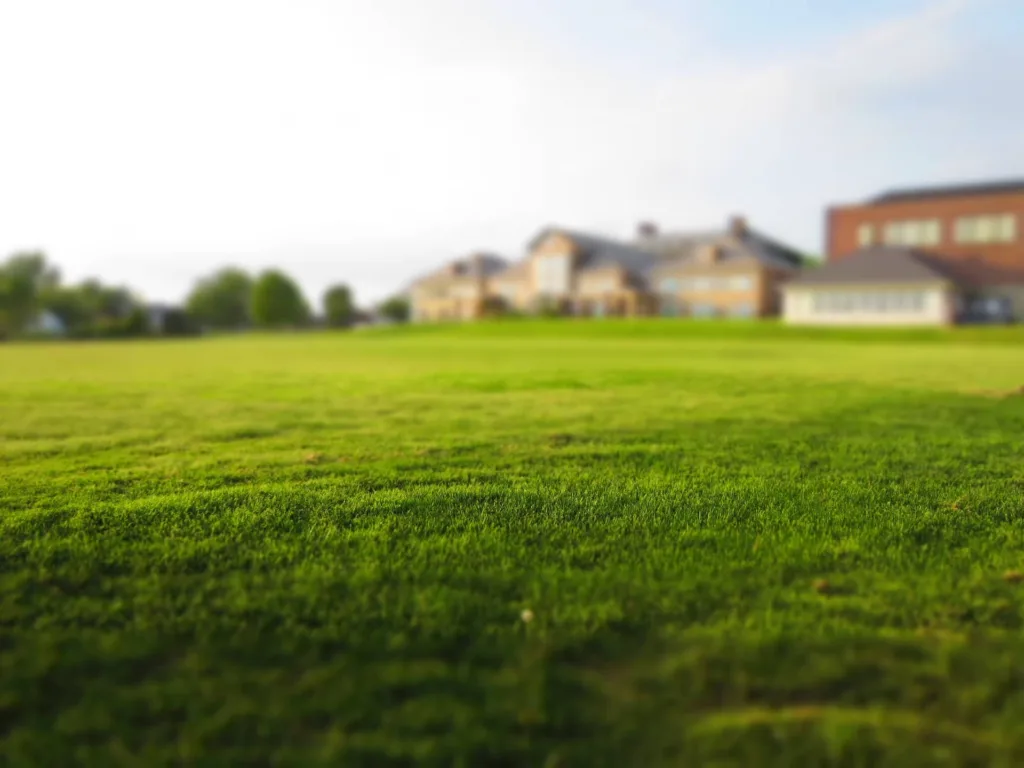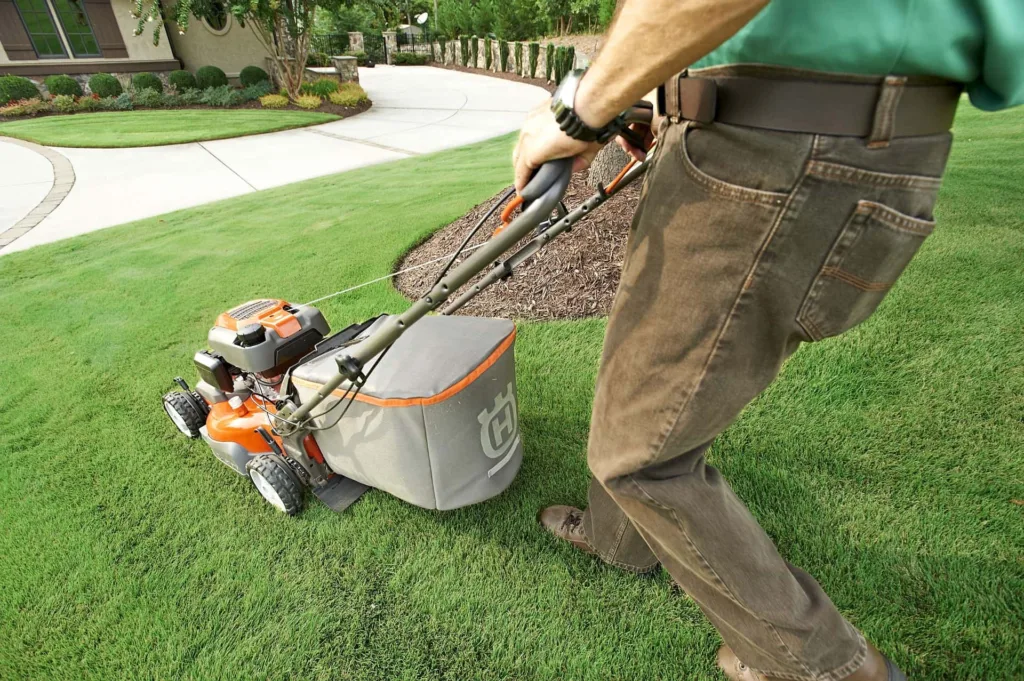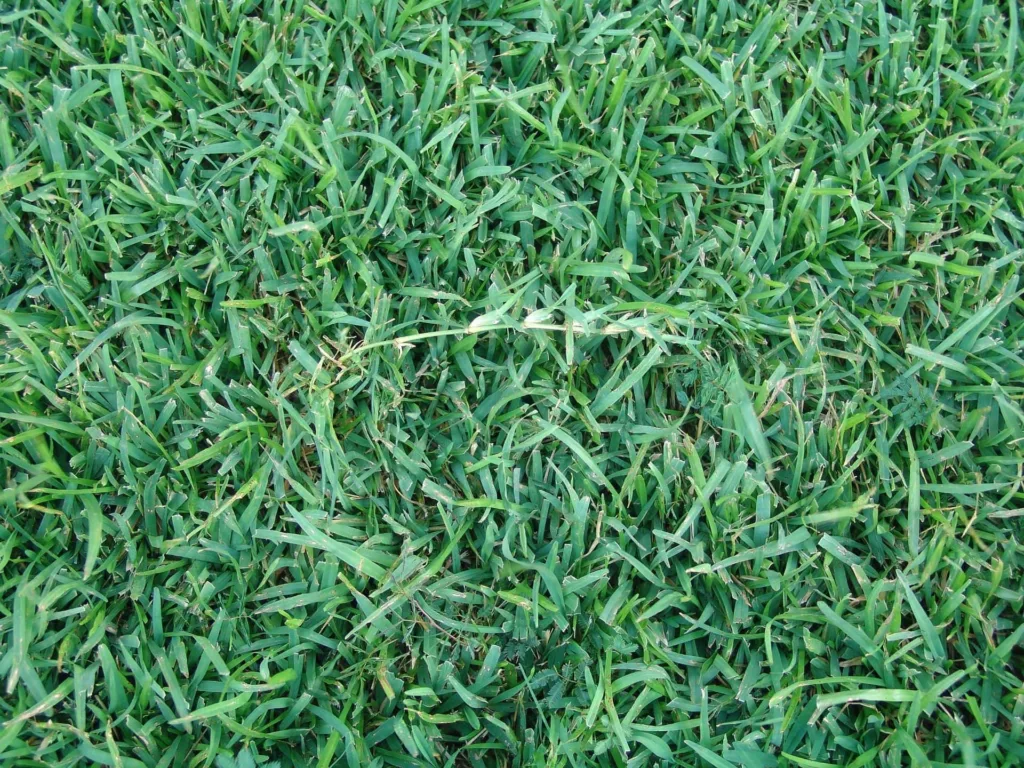Let’s face it: nothing beats the sight and feel of a lush, green lawn. But keeping your grass looking its best can be a real challenge, especially when lawn diseases rear their ugly heads. That’s where disease-resistant grass types come in. The best disease-resistant grass types are Tall-Fescue, Kentucky Bluegrass, Perennial Ryegrass, Zoysia, Bermuda, and St. Augustine. These grasses aren’t just a trend – they’re a game-changer for homeowners and landscapers alike. In this comprehensive guide, we’ll dive deep into the world of disease-resistant grasses, exploring how they can transform your lawn care routine and give you the yard of your dreams.
Why Disease-Resistant Grass Types Matter
Imagine this: You’ve spent months nurturing your lawn, only to wake up one day and find unsightly patches of brown, wilting grass. It’s a nightmare scenario for any proud homeowner. Lawn diseases can strike fast and hard, leaving destruction in their wake. But here’s the good news: by choosing disease-resistant grass types, you’re already one step ahead in the battle for a beautiful lawn.
These tough-as-nails grasses aren’t just hardy – they’re smart. Through natural selection and careful breeding, they’ve developed defenses against common grass diseases. This means less time and money spent on treatments, and more time enjoying your outdoor space.
Understanding Grass Diseases: Know Your Enemy

Before we dive into the specifics of disease-resistant grass types, let’s take a moment to understand what we’re up against. Here are the top 5 common lawn diseases that can turn your green paradise into a patchy wasteland:
- Brown Patch: Caused by the fungus Rhizoctonia solani, this disease creates circular brown areas in your lawn.
- Dollar Spot: Look for small, circular patches about the size of a silver dollar – hence the name.
- Fusarium: Also known as “snow mold,” this fungus thrives in cool, wet conditions.
- Rust: Orangish-yellow spores that can make your grass look like it’s covered in rust.
- Pythium Blight: This fast-moving disease can wipe out large areas of grass in just 24 hours.
These diseases thrive under specific conditions, often related to moisture, temperature, and lawn care practices. Overwatering, poor drainage, and improper mowing can all contribute to their spread. And the cost? It’s not just about aesthetics. Treating these diseases can put a serious dent in your wallet, with some homeowners spending hundreds or even thousands of dollars annually on fungicides and lawn restoration.
The Science Behind Disease-Resistant Grass Types
So, what makes a grass type disease-resistant? It’s all in the genes. Through years of research and development, scientists have identified and enhanced natural resistance traits in various grass species. These traits can include:
- Thicker cell walls that make it harder for pathogens to penetrate
- Production of natural antifungal compounds
- Faster growth and recovery rates to outpace disease spread
But genetics isn’t the whole story. Environmental adaptations play a crucial role too. Disease-resistant grass types are often better suited to their climate, requiring less water and fertilizer. This means they’re under less stress, making them naturally more resistant to diseases.
Top Disease-Resistant Grass Types for Cool-Season Regions
If you live in an area with cold winters and mild summers, these cool-season grasses are your best bet for a disease-resistant lawn:
Tall Fescue: The Hardy All-Rounder
Tall fescue is like the Swiss Army knife of cool-season grasses. It’s tough, adaptable, and resistant to a wide range of diseases. Here’s why it’s a top choice:
- Deep root system for drought tolerance
- Resistant to brown patch and fusarium
- Performs well in sun or partial shade
Pro Tip: Look for “turf-type” tall fescue varieties for a finer texture and denser growth.
Kentucky Bluegrass: Beauty Meets Resilience
Kentucky bluegrass is the poster child for lush, green lawns. But don’t let its good looks fool you – this grass is tough as nails:
- Self-healing through underground rhizomes
- Excellent cold tolerance
- Resistant to leaf spot and dollar spot
Maintenance Note: Kentucky bluegrass requires more water and fertilizer than some other types, so factor this into your lawn care plan.
Perennial Ryegrass: Quick Establishment and Disease Fight
Need a lawn in a hurry? Perennial ryegrass is your go-to:
- Germinates in just 5-7 days
- Highly resistant to gray leaf spot
- Excellent wear tolerance for high-traffic areas
Disease-Resistant Warm-Season Grass Varieties
For those in southern climates, these warm-season grasses offer both beauty and disease resistance:
Zoysia: The Tough, Drought-Tolerant Choice
Zoysia grass is like the cactus of the grass world – it thrives where others wilt:
- Extremely drought-tolerant
- Resistant to brown patch and dollar spot
- Forms a dense, weed-choking turf
Bermuda Grass: Athletic and Disease-Defying
If your lawn sees a lot of action, Bermuda grass might be your MVP:
- Rapid recovery from wear and tear
- Resistant to spring dead spot
- Thrives in full sun
St. Augustine: Shade-Loving and Sturdy
Got a shady yard? St. Augustine grass has got you covered:
- Performs well in partial shade
- Resistant to chinch bugs and some fungal diseases
- Forms a thick, carpet-like lawn
Choosing the Right Disease-Resistant Grass for Your Lawn
Selecting the perfect disease-resistant grass type isn’t just about picking the toughest variety. It’s about finding the right fit for your specific situation. Consider these factors:
- Climate: Match your grass type to your USDA hardiness zone for best results.
- Soil Type: Some grasses prefer sandy soils, while others thrive in clay.
- Sun Exposure: Measure how many hours of direct sunlight your lawn receives daily.
- Usage: High-traffic areas need more durable grass types.
- Maintenance Level: Be honest about how much time you’re willing to spend on lawn care.
Here’s a handy table to help you compare some key features of popular disease-resistant grass types:
| Grass Type | Climate | Disease Resistance | Drought Tolerance | Shade Tolerance |
|---|---|---|---|---|
| Tall Fescue | Cool-season | High | High | Moderate |
| Kentucky Bluegrass | Cool-season | Moderate | Low | Low |
| Perennial Ryegrass | Cool-season | Moderate | Low | Low |
| Zoysia | Warm-season | High | High | Moderate |
| Bermuda | Warm-season | High | High | Low |
| St. Augustine | Warm-season | Moderate | Moderate | High |
Planting and Maintaining Disease-Resistant Grass

Even the most disease-resistant grass types need proper care to thrive. Here’s a step-by-step guide to get you started:
- Soil Preparation: Test your soil and amend as needed. Most grasses prefer a pH between 6.0 and 7.0.
- Seeding or Sodding: Follow recommended seeding rates or lay sod properly, ensuring good soil contact.
- Watering: Deep, infrequent watering encourages deep root growth. Water early in the morning to reduce disease risk.
- Mowing: Keep your mower blades sharp and never remove more than 1/3 of the grass height in a single mowing.
- Fertilizing: Use a balanced, slow-release fertilizer according to your grass type’s needs.
Pro Tip: Consider overseeding your lawn annually with disease-resistant varieties to continuously improve your lawn’s overall resistance.
The Future of Disease-Resistant Grass Types
The world of turfgrass science is always evolving. Researchers are continually working on developing new, even more resistant varieties. Some exciting developments on the horizon include:
- Grasses with enhanced drought tolerance to combat climate change
- Varieties that require even less fertilizer, reducing environmental impact
- Improved resistance to emerging lawn diseases
As we look to the future, one thing is clear: disease-resistant grass types will play an increasingly important role in sustainable lawn care practices.
Conclusion: Embracing a Greener, Healthier Future with Disease-Resistant Grass Types
Choosing disease-resistant grass types is more than just a smart lawn care decision – it’s a step towards a more sustainable, low-maintenance approach to landscaping. By selecting the right grass for your climate and needs, you’re setting yourself up for years of lush, green success.
Remember, a healthy lawn isn’t just about aesthetics. It’s about creating an outdoor space that you can enjoy without constant worry and work. Disease-resistant grass types offer that peace of mind, allowing you to spend less time treating problems and more time enjoying your beautiful yard.
So, whether you’re starting from scratch or looking to renovate an existing lawn, consider making the switch to disease-resistant grass types. Your lawn – and your weekend schedule – will thank you.


